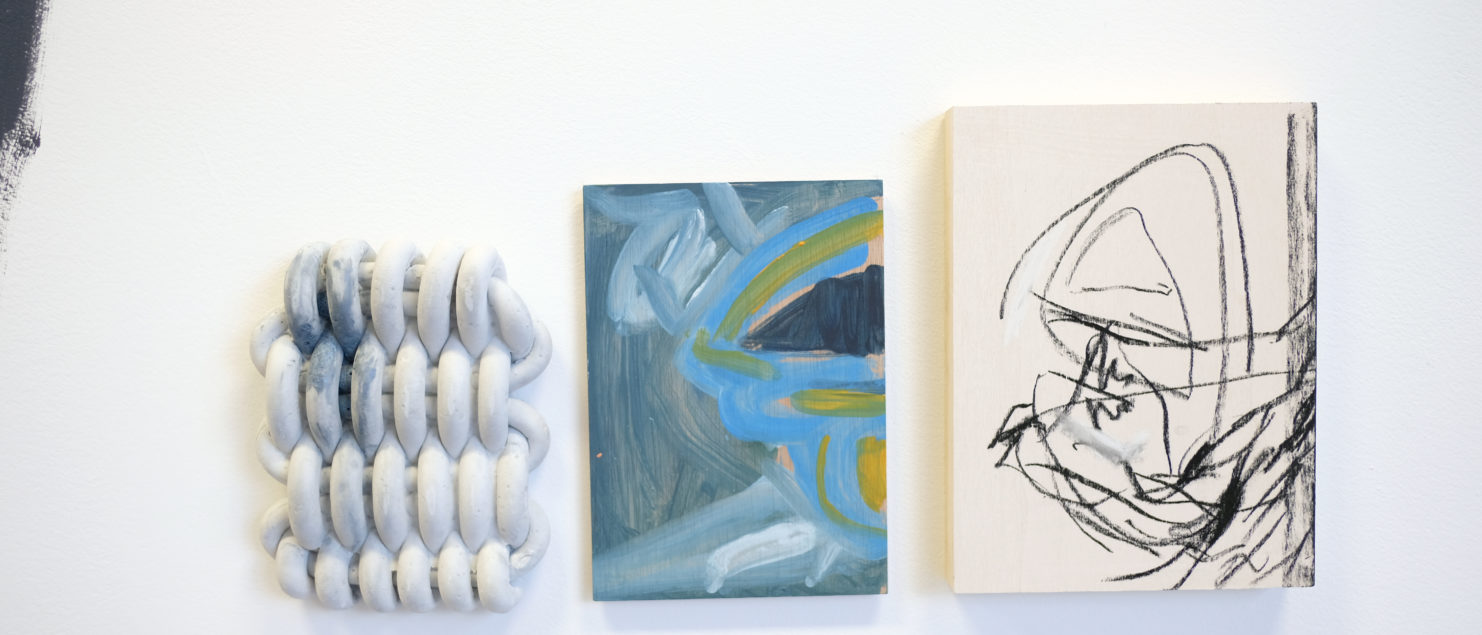Daisy Billowes: Interview
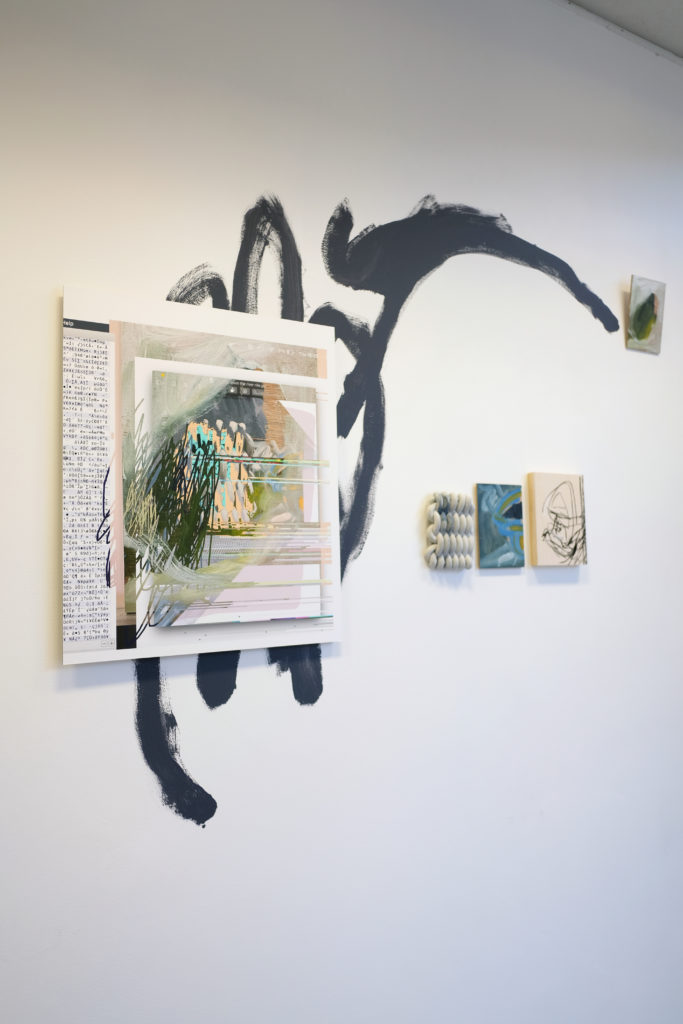
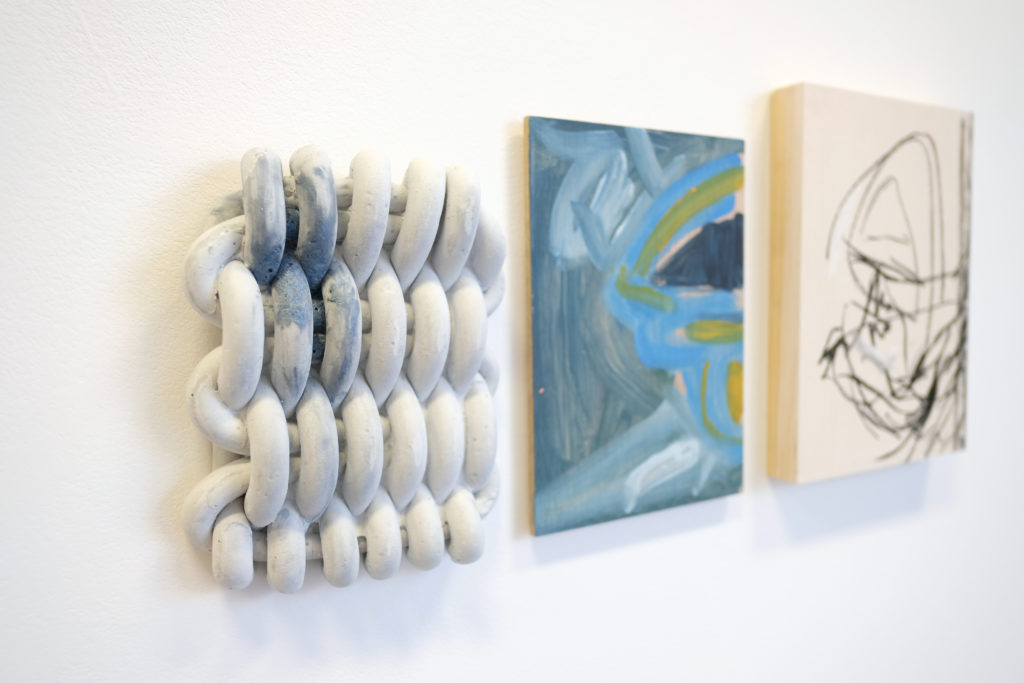
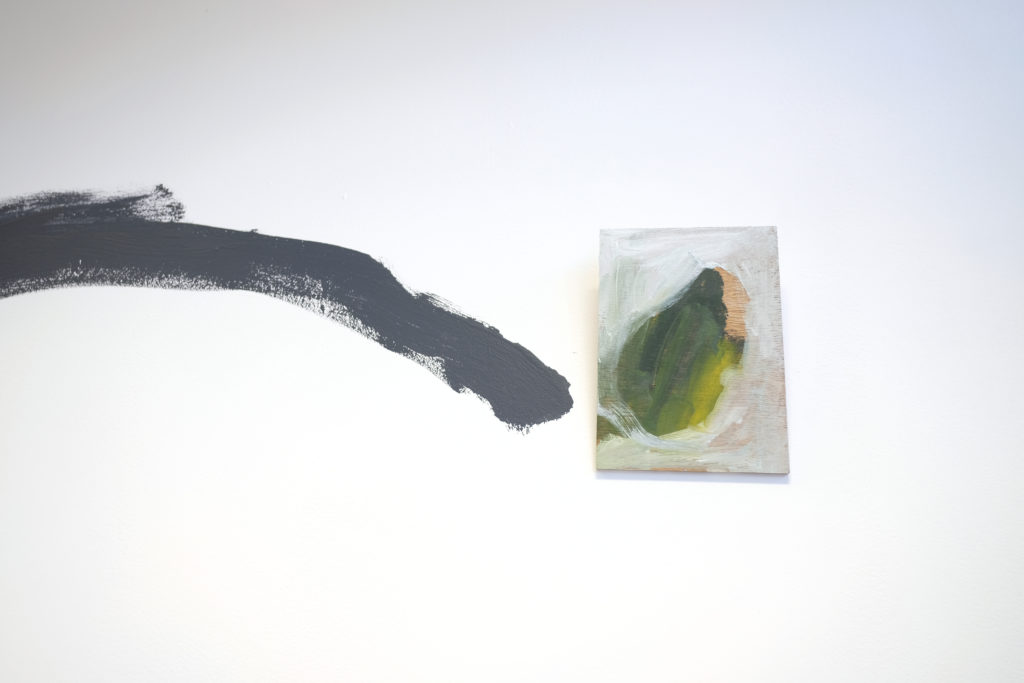
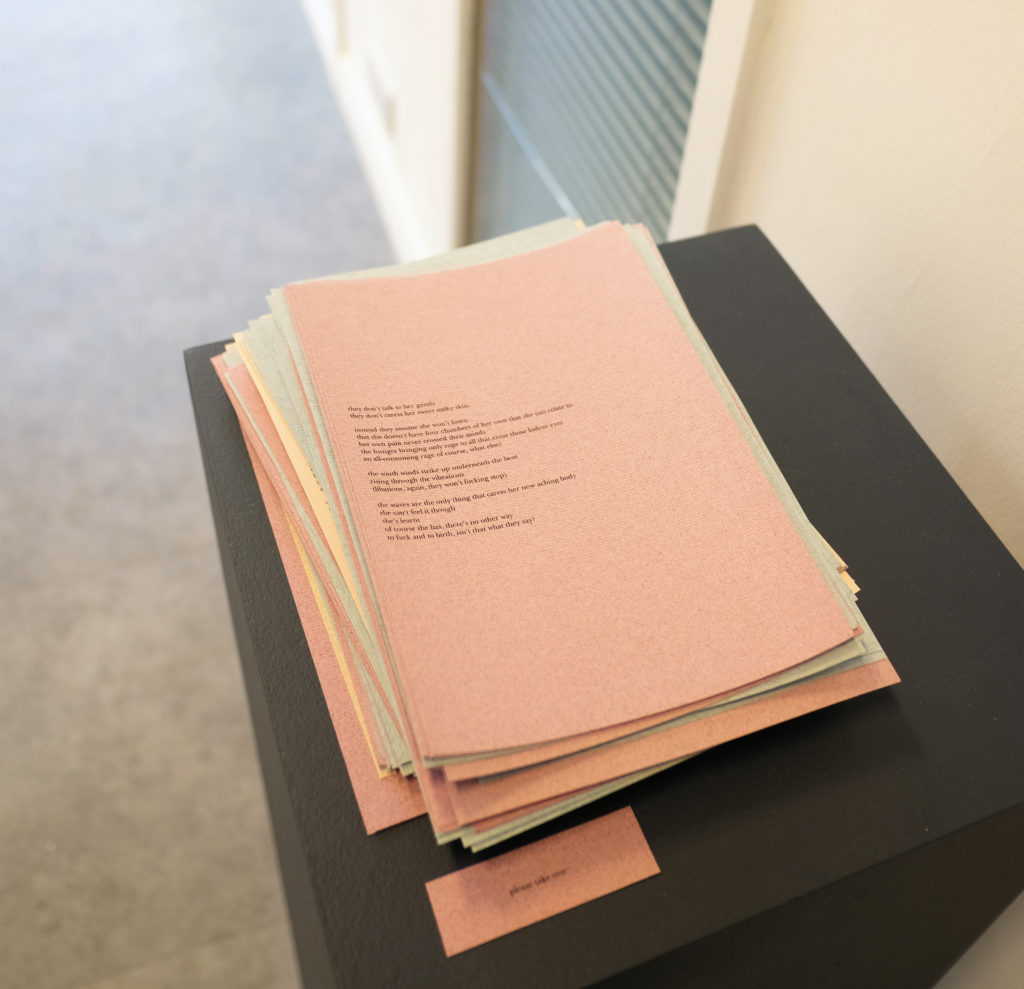
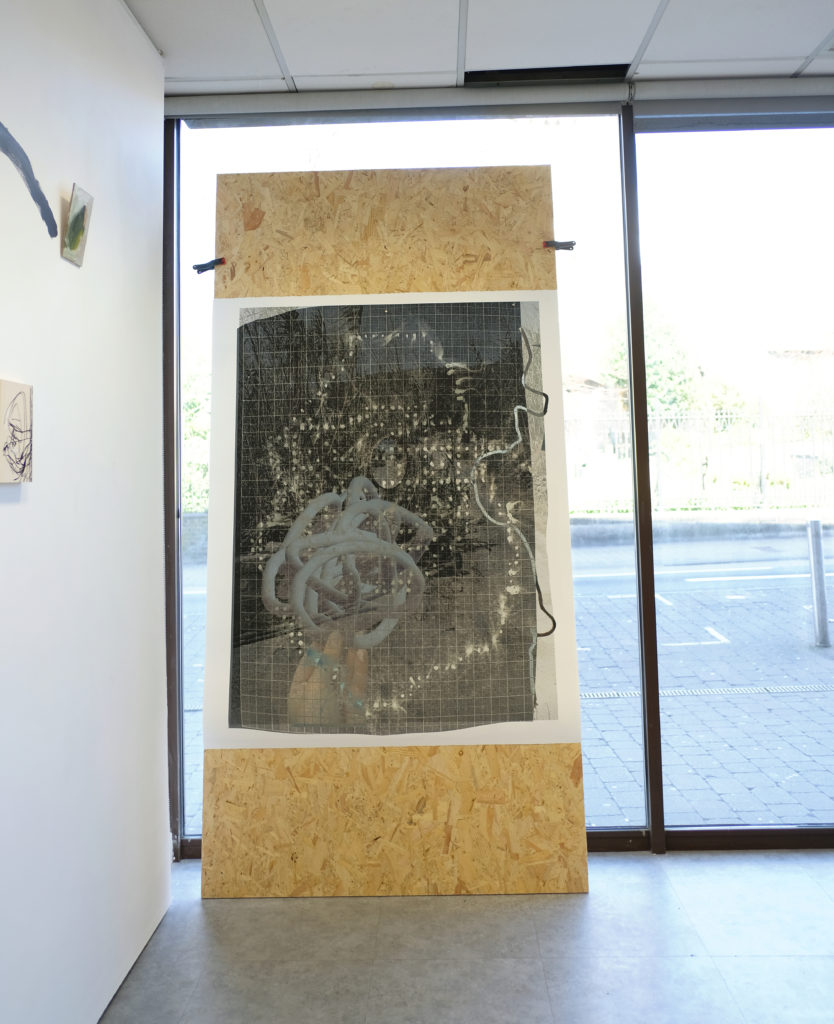
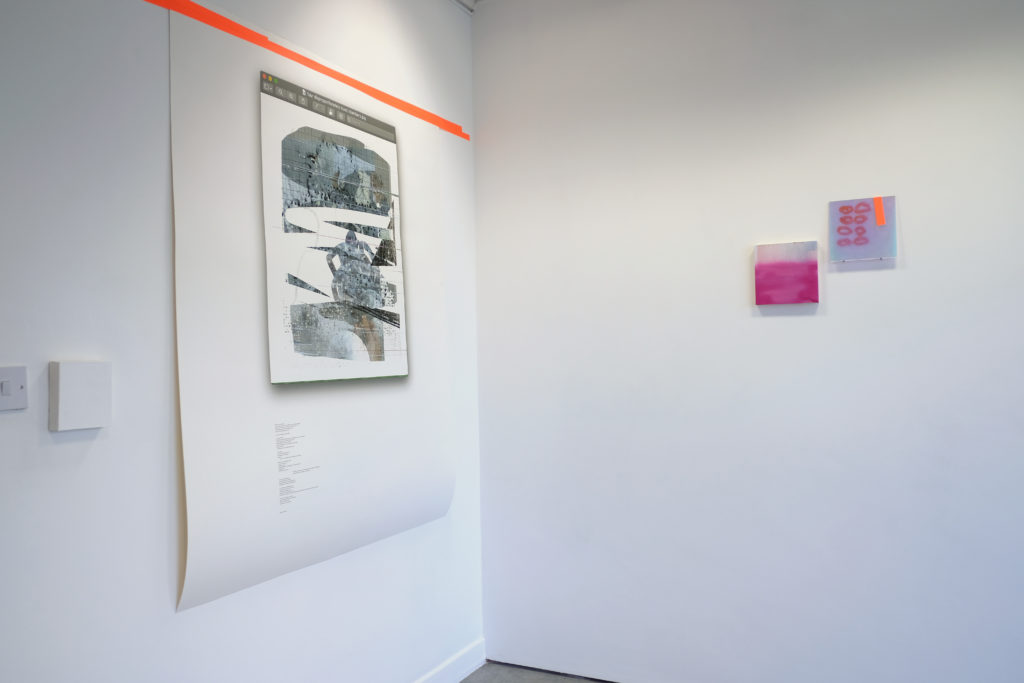
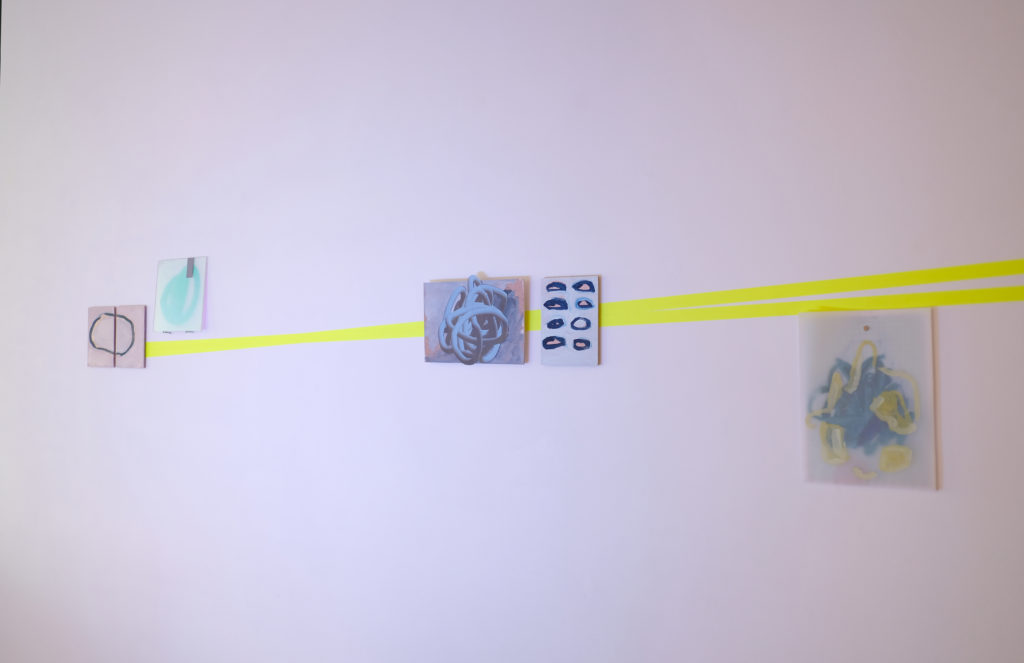
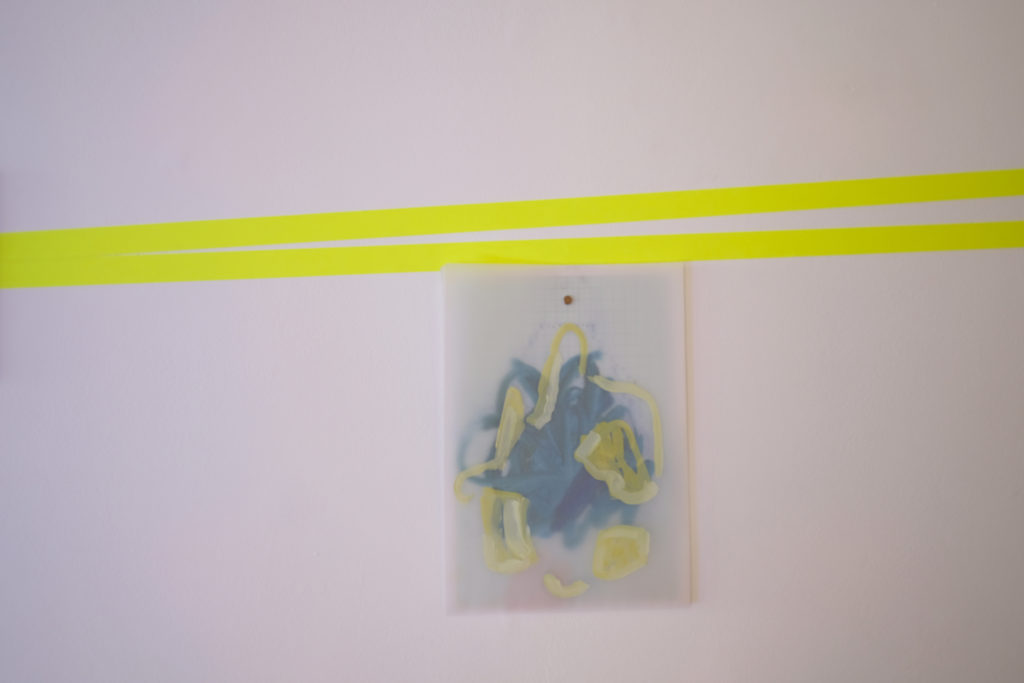 How has your work changed over the last few years while completing your MA and have you discovered any recurring themes that you always seem to come back to?
How has your work changed over the last few years while completing your MA and have you discovered any recurring themes that you always seem to come back to?
ooh now this is a good one to kick off with. i always feel like these markers are good to define where i’m at and whether i’m happy with it. on the other hand it’s also a sort of a draining point – to just compare yourself to others which can be super frustrating and you can always end up getting yourself in a bit of a hole too. my work’s generally just matured a little bit i think you know. you’re rushed through these hectic two years really flying forward and although there’s always time to reflect, don’t get me wrong – there’s just a bit of a shock when it’s finally just you and your work who now have to survive with each other outside of this institution-y back-drop. it’s like that series love is blind where everyone’s well and happy when they’re dating through walls, but as soon as they have to actually survive-slash-be with each other, shit hits the fan.
shit has yet to hit the fan, but i’m enjoying the ride at the moment. there’s always this idea of putting a work away in a box or a drawer if i’m not happy with it. it sort of matures over time without me, and i like that. i think that’s something that i learnt whilst i was at the rca – not to be afraid of a work – it needs its space, just as we do too.
my work majorly changed in first year actually, in the second semester with my new tutor – who was also head of the department too. she had seen me write some bits down in my sketchbook, and at the time i was trying to understand specific spaces through some long-exposure photography and mono-printing. anyway, she saw these bits of writing and asked if i’d ever been tested for dyspraxia – which i had never really heard of before, let alone be tested for it. so the college sent me off to get tested and it turns out i had both dyslexia and dyspraxia which sort of changed the way i saw my processing of information. it’s quite cool for things to be turned on their head like that, and you have some new avenues to explore when you think about how you work and how you can see that influencing what interests you.
that also marked my shift into blind drawing. i had always been chained to the notion of making a drawing ‘look good’ whatever that means?! i mean, i forced myself to think of a drawing as an interpretation and recording, rather than an image. almost like a digestion of information, and your hands are just sort of holding the pencil that relays that information. so blind drawing (where you don’t look at the page when you draw) is just another form of raw processing. this is still hugely prevalent in my current practice, and also useful in how to put writing together too – in that automatic style with little punctuation. i had found a vehicle, finally, to find space for my specific subject matter in the face of what appeared to be exhaustion and frustration – and for that i will forever be grateful for my two years there.
the main thing that i’d take away from the RCA i think, and that i’ve progressed since leaving, is having the courage to use my own images. i used to only make works with found images and photographs – something i was always more comfortable about as there was always the option there to be less scrutinous or embarrassed by what i was producing as i had never seen myself as a quote-unquote photographer. although i’m still not a photographer, i am very much empowered by my photos and how much strength it gives the work that it’s actually from my day to day. this makes up a lot of the work i make now – and it’s so easy to carry as much or as little weight as i want as it’s just mine.
Did you have any overarching aims for your show at the stone space which you focused on while working towards this exhibition?
with these sorts of things i always like to keep my aims simple, otherwise i tend to control the works too much and it gets a bit tight and restricted, which is always super obvious when the work is just sitting there awkward and uncomfortable with itself. my aims for four disproportionately sized chambers were clear – ONE to incorporate as much new text as possible (i had never formally attempted this before the stone space), TWO to emphasise importance of new, interesting materials and materiality of the digital in the works and THREE to try to weave the mythical narratives in the wall based bits.
these aims actually meant that i needed to work on the mythical narrative side of things. my work is always super abstract and doesn’t always have that seductive bone structure running through it.
the fabulous nature of myth is that it’s a metalanguage, right? you use it to describe another language. it’s also so natural to fit into the works because it kinda does what art does in that sense that it resonates across time. it’s constantly changing form, reinventing itself, and people pick from the flesh what they need when they read it. i’d say i was quite a poetic artist, and sometimes even argue that myth can survive without ever having a physical form to pair with, even if there’s this idea there – and that’s when you get into a really interesting conversation about conceptual art (even though my work is too material-based to get into that, i still find it fascinating).
a very well known roland barthes actually described myth as a film, gloss, or sort of lens that you view work through which is something that i very much like. the stone space gave me the space to play around with that gloss and work out how or where i needed it to be placed within the body of work.
in this exhibition there are large works that stand alone but also clusters of smaller works which feel like installations that feel composed in a specific way. were these works made to be exhibited in this way or did they intuitively fit together once you were in the space?
so i actually entered the gallery with a load of work, an absolute load. after preparing the space (white walls, clean floors etc) i had a rough idea where to put the larger pieces. once i knew they’d work and fit in the space, these went up – also on that big bit of chipboard that leans against the window-wall. i like to think of my work at this point as forming sentences around the space. lyrical layouts without the label i guess, finding the seductive power of the narrative in the writings on the plinth. people should walk about the room and feel in-tune to everything without anyone (or the work) trying too hard.
so all of that is sort of swimming around my head whilst i’m thinking about the hang. i had a fantastic light piece by fred that i had asked him to create that we also knew would be going into the corridor. i initially wanted something interactive, but once we
knew that would be too tricky we made the light pulse onto the set of works. i was going for this blue hum-slash-digital-hue that would reflect that digital screen that usually creates this layer of abstraction between the viewer and the original subject – if it’s being viewed on a screen that is. so there was this thing happening in the corridor that you could also get a peek at through the windows in the main room.
once these bigger bits are up, it’s much easier to intuitively fit the rest in. there were some pieces i knew from the get go were a no-no, so these were discarded pretty quickly. i had a very good helper with me, AJ, who coped unbelievably well with my thinking processes throughout the hang. we discussed a lot about the smaller bits, and i always find it very interesting to have another perspective that’s not infected with a direct art practice. ultimately i always like to go in with more than necessary and let the works dictate where they need to be – listening to the works is a very important aspect of a hang.
Have you had any unexpected conversations or interactions with visitors to your exhibition before it closed to the public?
although there have been limited interactions due to this whole lockdown business, there has been a lot of really cool support coming from all corners of my life. i think my favourite reaction was probably my mum’s. she came to view the work just before the private view and always in my life mum has been at the forefront of my creativity – most recently in literature and art history – but anyway she was getting super excited to finally see the work and get to have that intimate response. she’s always been super in tune to a lot of the stuff i make and she always challenges things i do but we had this conversation about this homeric writing i was producing and the reflective works and honestly the conversation ran just so deep i felt so lucky in that moment that it didn’t really matter that anyone else should read that deeply, but she was there and eager and responding. that conversation is going to get me through tricky times.
there was also a visitor on the opening night who came in off the street as he liked the look of the work, and he starts quoting david hockney to me – but not in that wanky way where someone wants to show off, it was more a real genuine need to talk about these obvious themes in the work. this sort of interaction really excites me – especially when it’s so unexpected. we sort of discussed how david hockney said being able to draw means being able to put things in believable space; people who don’t draw well can’t do that. and that’s what happens most of the time with digital bits and bytes – the space isn’t believable – and we were trying to understand how my pieces fit into that space, or create it or whatever. that was pretty cool and unexpected actually.
What will you be working on next? have you been able to make work since the lockdown?
at the moment i’m working on building up a writing base and making some drawings to go alongside these. i might start up some photo-based bits too, but a lot of my practice is stumbling onto things. it’s quite nice to try and force yourself to see the everyday. i’ve written a lot about that and when it actually comes down to it, this is literally EVERY. DAY. and now we need to see the beauty in that. even if it’s just a phonecall, or eating pomegranate seeds in your breakfast when you never normally have the time to peel those bastard things. i mean, to be fair i was having one of my many showers the other day and there was a spider weaving its web just up from the shower head, doing it’s thing and i was starting to compose these sort of lines in my head, like YES this is what life should be about. so i wrote a bit about that. i’m actually going to be chucking some of these bits up on the web soon – writing and things – a bit like a diary that people can read if they want to.
usually when there’s a bit of a finite line between one exhibition and the next, it’s always nice to take a step back and delve into research again, which i am really into. so now i’ve been furloughed i’m in a privileged position to have this time to myself. the sun’s out as well now and it just feels like we’re in that summer holiday bit between years of education, waiting for the next thing to happen. so there’s this weird heavy thing hanging over all of us, and all we’re really doing is waiting for something. it’s taken some time, as i’m sure it has for everyone but i’m finally revelling in the idea.
Are there any podcasts, films or books that you feel particularly inspired by at the moment or that you keep coming back to?
i’m actually a sucker for watching things again and again. maybe i like the comfort, maybe i’m not picking up everything on the first go, or maybe i just like to revel in the mundane..? one of my favourite podcasts at the moment that i keep going back to is have you heard george’s podcast by george the poet. although the episodes run in a different direction to my practice, it’s the storytelling, the rhythm and the rawness of it all that gets me everytime. if you haven’t listened yet, you should.
samantha irby’s writing is also continuously keeping me happy. she’s just released a new book and her twitter is like, the reason twitter was invented basically. i always fall into a hole with books and gulp them down when i find a good one – circe by madeline miller is something i’ve not stopped thinking about for about a year or so now. along that sort of narrative there’s also the secret history by donna tartt which is another favourite. i think i keep coming back to these mythical stories because they always tend to be quite transient and fluid – always keeping underlying themes which are timeless. i enjoy the things that try to assess these constant, prevailing narratives like desire, justice, revenge etc. ‘cause this is something i’m super into writing about at the moment like that layered shit. i panic bought books on amazon, so i now have a list to get through that includes bits by ocean yuong, nicole flattery, elisa lodato and richard powers. oh and machines like me by ian mcewan is fabulous too. i could go on for days you know.
four disproportionately sized chambers, 12 March to 5 April 2020
Exhibition catalogue: www.dbillowes.com/press
instagram.com/daisy_billowes

